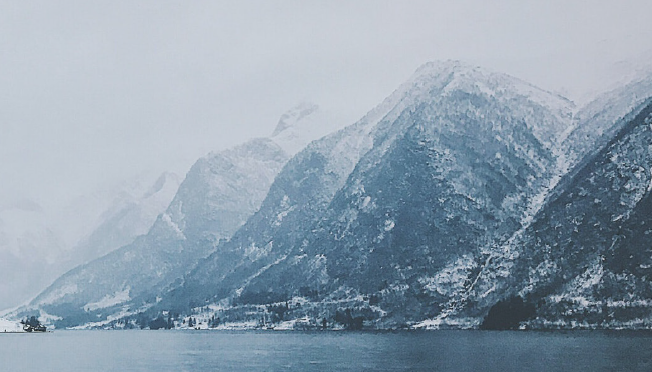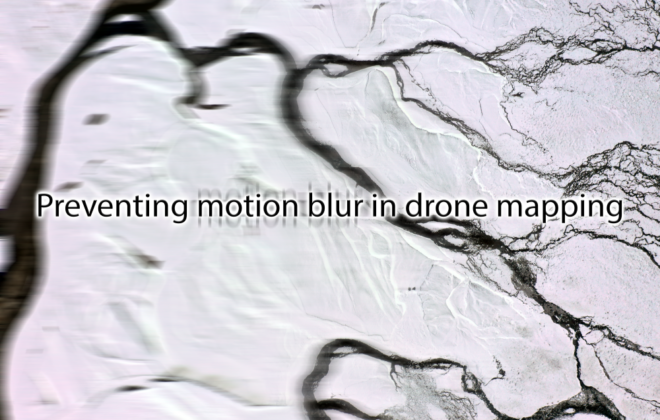How often do drones encounter icing conditions?
When I talk about my research, I often hear the following question: “How often do drones actually encounter icing conditions?”. This is a very good question – and until recently I had only vague answers. Usually, I would refer to two reports in the literature that discuss icing frequencies for the US and the rest of the world. These two reports have been written for manned aviation – which means that they focus on icing at scales and altitudes at which normal passenger transport airplanes travel. Drones typically travel at much lower altitudes and operate in much smaller areas, which has somewhat limited the significance of these reports.
A new answer to this question has been provided by UBIQ Aerospace. UBIQ is a company building ice protection solutions that enhance the capabilities of unmanned aircraft. It’s also the company where I am currently working as the lead aerodynamics engineer. Today, we at UBIQ Aerospace released a climatological report about the risk of icing in Norway and surrounding regions. The report offers a comprehensive answer to the question on how often drones encounter icing in Scandinavia.
The report investigates the frequency at which atmospheric icing is expected to occur over Norway and neighbouring countries. The study is based on a climatologcal study conducted by one of the leading icing meteorologists, Ben Bernstein, for UBIQ Aerospace. The datasets covers 10-year period and evaluates the risk for icing at various altitudes.
The report highlights the risk of atmospheric icing for aircraft and proves that icing is a year-round risk. It also shows seasonal effects with the highest icing risks occuring in Norway during the winter months. Furthermore, it also shows topological effects where the risk of icing is higher in mountainous regions compared to costal areas.

Unmanned aircraft are particularly at risk for icing conditions [read more]. Icing conditions which are experienced as “light” are having much more severe effects on UAVs which are typically smaller and travel at lower velocities. In addition, unmanned aircraft often travel at lower altitudes compared to manned aircraft. As the report shows, very high icing frequencies can occur near the ground during the winter months – making this a particularly severe hazard for UAVs.

In summary, the report offers important insights into the overall risk that unmanned aircraft are facing in Norway and the surrounding regions. Our mission at the UAV Icing Lab is to explore these hazards scientifically and to provide the knowledge and solutions to overcome the “icing barrier”. In this, are working in close cooperation with UBIQ Aerospace who are an industrial supplier of holistic ice protection systems for unmanned aircraft.
Reference: Sørensen, K.L., Borup, K.T., Hann, R., Bernstein, B., Hansbø, M.: “UAV Atmospheric Icing Limitations: Climate Report for Norway and Surrounding Regions”. UBIQ Aerospace. 2021. Available at: http://www.ubiqaerospace.com/climate-report



